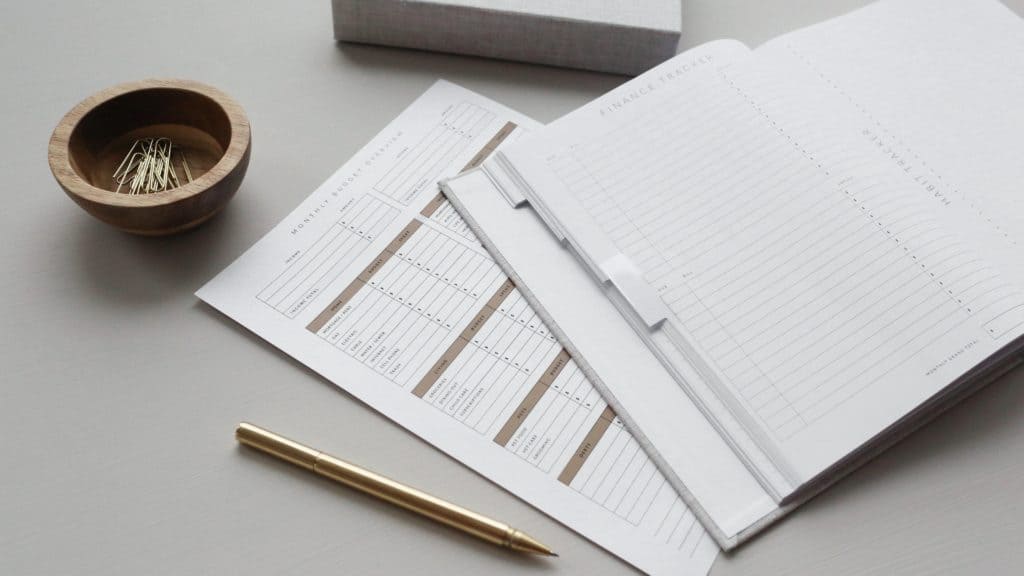🎉 Tillful is now part of Nav! Sign up for a Nav account here
Budget vs. Forecast: What's the Difference?
| Budget | Forecast |
|
|
How to Budget?
1. Identify and quantify the goal
Is it to break-even? Make a little bit of profit? Make a lot of profit? Quantity realistically?
2. Project cash flow
Set a plan for how much revenue you intend to generate for the period. This does not mean you will necessarily hit this revenue, but it is a goal you are working towards.
3. Determine essential expenses
- Fixed expenses are costs that do not fluctuate. An example of fixed expenses is rent.
- Variable expenses are expenses that can change and vary depending on activity, volume, or other factors. An example of variable cost is salaries. If you pay an hourly wage vs. a fixed salary, you would be paying a salary that varies based on the number of hours worked.
4. Incorporate a reasonable cushion
This could be for a cash reserve or unforeseen debt/deficit.
How to Forecast?
1. Forecast different outlooks
To start off, develop a few forecasts with different outlooks such as profitable, loss, or status quo. Developing forecasts with different scenarios can give you better insight into the company’s potentials and challenges.
*Tip: You can use your budget as your base for your forecast and build from there.
2. Analyze historical data
This will help you determine if your current forecast is viable or needs to be adjusted to trend given the company’s current conditions.
3. Incorporate known internal and external factors. For example, these may include, but not limited to:
- One-time expenses, such as upcoming legal disputes
- Unexpected events, such as a pandemic
- Changes in fixed costs, such as a lower or higher rent
- Changes in variable costs, such as changes in pay rates, switch from hourly wage to a salary wage
- Business operations, such as an increase or decrease in popularity which affects revenue predictions
*Do note, these examples illustrate expense increases, but expenses can also decrease and result in savings.
4. Continue to review your forecast and assess the company’s performance.
Regularly collect data to continue making informed decisions for the next forecasts. By being aware of the market and having the most up to date information, it allows you to develop a more accurate forecast and clearer picture of the direction that the company is heading towards.
When to Use Which?
| Budget | Forecast |
|
|
Key Takeaways
- Budgeting is a valuable tool used to help manage and keep your finances under control.
- Forecasting is a tool used to help a company make adjustments influenced by business conditions, such as opportunities and risks. Fundamentally, the goal of forecasting is to help you be as accurate as possible to the actual company’s financial results while being within your set budget.
- Both budgets and forecasts are equally important to the health of the business.


